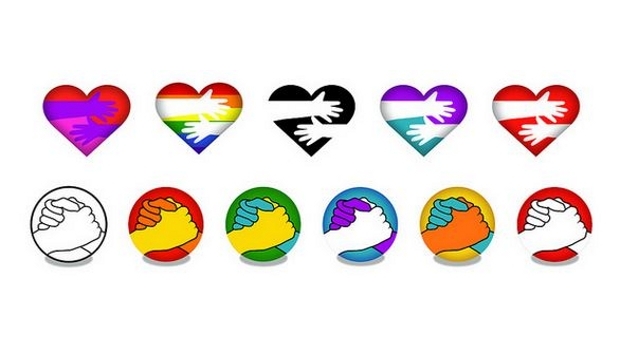 A survey of attitudes and experiences of cyberbullying amongst young people released by Vodafone as part of its #BeStrong campaign released today makes for disturbing reading if you’re a parent or educator.
A survey of attitudes and experiences of cyberbullying amongst young people released by Vodafone as part of its #BeStrong campaign released today makes for disturbing reading if you’re a parent or educator.
The survey, conducted by YouGov on a sample of 4,700 students across 11 countries, put Ireland in third place behind New Zealand and the US, when it came to the percentage of young people who had experienced cyberbullying (25%) and first when it came to knowing someone who had been a victim of it (85%).
As well as being more likely to experience cyberbullying, 45% of Irish teens said they felt powerless to do anything about it. Of that, 29% said they had experienced suicidal thoughts as a result.
The results are concerning but not entirely negative. Ireland also ranked near the top of the list when it came to the perception of cyberbullying. Only South Africa had a higher percentage of respondents that agreed with the sentiment that cyberbullying was worse than face to face bullying (64% versus 60%).
Cultural variance
So Irish teens are more likely to know someone who has been victimised online and generally consider it as damaging an experience as physical intimidation but when it comes to coping skills we Irish are sorely lacking – 40% of respondents admitting they would struggle to find the right words to support a friend who was being cyberbullied. We have a generation of young people who have experience of online intimidation but lack the social skills to either reach out for help or provide solace for those who need it.
Why these trends are so acutely experienced by young people in Ireland would make for an important study in itself. Spain and the Czech Republic appear to be the ‘safest’ places to get online – less than 10% of respondents from both said they experienced cyberbullying and over 50% said it was worse than face to face bullying. This compares with 15% and just over 40% respectively for the UK, our closest neighbour. Logic would dictate that more experience of online abuse would lead to greater recognition of the damage it can do but this doesn’t seem to be the case. Where the Czech and Spanish value systems follow a benign logic (learn more, experience less), the message from the UK seems to be ‘yes, this happens and it’s awful, toughen up and deal with it’. The pattern is replicated in the US, where comparatively high levels of abuse were met with a comparatively low disapproval rating for it. The Irish experience is empirically closer to the UK and US than but in terms of demonstrating empathy it is furthest from them. Are kids in the US and UK more cruel or just honest?
Vodafone doesn’t have much in the way of answers to that question but is looking into how to give the tools for discussing sensitive topics. It may sound trite but it looks like emoji are becoming potent expressions of sympathy when conversation fails. The power of a simple visual aid came up last week, as well, with Facebook’s announcement of a trial ‘Dislike’ that fulfils the same purpose.
One of the tenets of social media marketing is to reach out to the consumer where they are as opposed to when you want them to be. If we can’t get young people to speak in adult terms, there’s a lot of power in letting them express their feelings in their own way. If emojis are the way to create that sense of empowerment, let’s embrace it.








Subscribers 0
Fans 0
Followers 0
Followers